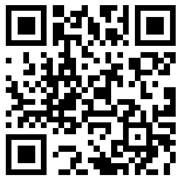Company new
Hook for lifting hoist
Writer: 创始人 Time:2023-05-22 16:13:43
Technical background: As is well known in the industry, for lifting hoists, whether they are manual or electric, they must be equipped with hooks for lifting heavy objects. Figure 1 shows the hook of a lifting hoist, which is commonly used in existing technologies. It includes a structure 1, a cylinder 2, and a pin shaft 3. The structure 1 is fixed to the lower part of the cylinder 2 with a nut, and the pin shaft 3 is set near the middle of the cylinder 2. When configuring the hook of this structure to the lifting hoist, simply fix one end of the steel wire rope to the pin shaft 3, and wrap the middle of the rope around the winch of the lifting hoist, and fix the other end of the rope to the winch. In use, the heavy object is lifted or called a hook pillar by structure 1 until it is lifted to the desired position and then removed. If you want to continue lifting another heavy object, first the motor is reversed, the winch is used to release the rope, then the structure 1 is used to lift the object, and so on. So a hook that can prompt for overload in a timely manner to avoid accidents with the lifting hoist has appeared. Abstract: A lifting hook for a lifting hoist, belonging to the technical field of lifting facilities. It includes a hook body, a cylinder body, and a pin shaft, characterized in that it also includes a hook body lifting device, an overload response device, a lifting rope connector, and a lifting shaft. The cylinder body is a cylinder body composed of a first and second cavities, and the first and second cavities are separated by a cavity separation convex platform extended by the inner wall of the cylinder body. The hook body lifting device is located in the second cavity and connected to the cylinder body, and the hook body is matched and connected to the hook body lifting device, The lower end of the suspension shaft is located in the second chamber and in contact with the hook body lifting device, while the upper end of the suspension shaft is inserted into the first chamber and connected to the suspension rope connector. The overload response device is sleeved at the lower end of the suspension shaft, where the lower part of the suspension rope connector forms a column, and a warning sign is set on the outer wall of the column.
Advantages: It can ensure safety and avoid accidents.
PRODUCT CATEGORY
NEWS
CONTACT US
Skype: skype
Phone: 13930802535
Tel: 0312-8151991
Email:yjl@fanggonglifting.com sales@fanggonglifting.com
Add: Donglv Development Zone,Baoding City,Hebei Provice,China
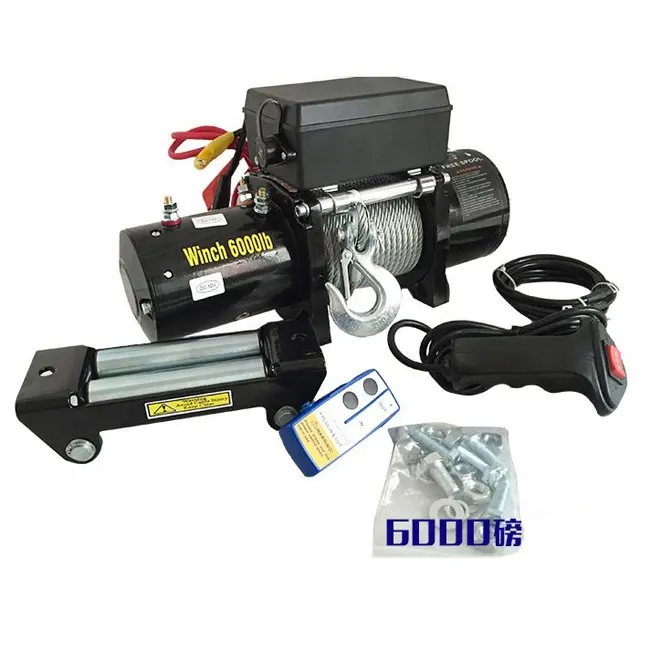
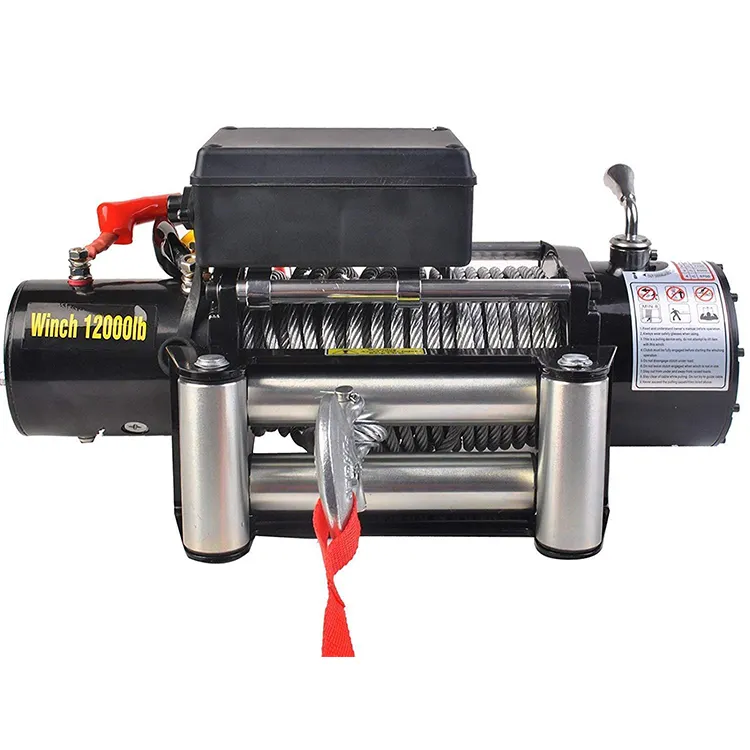
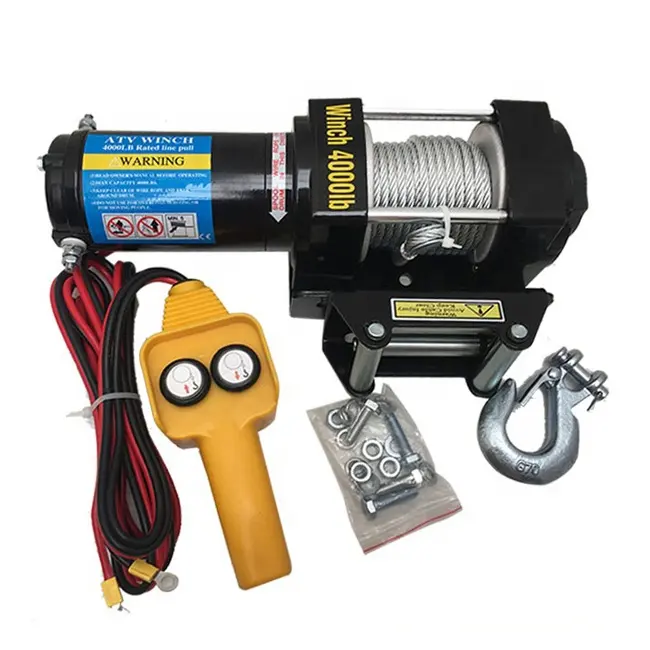
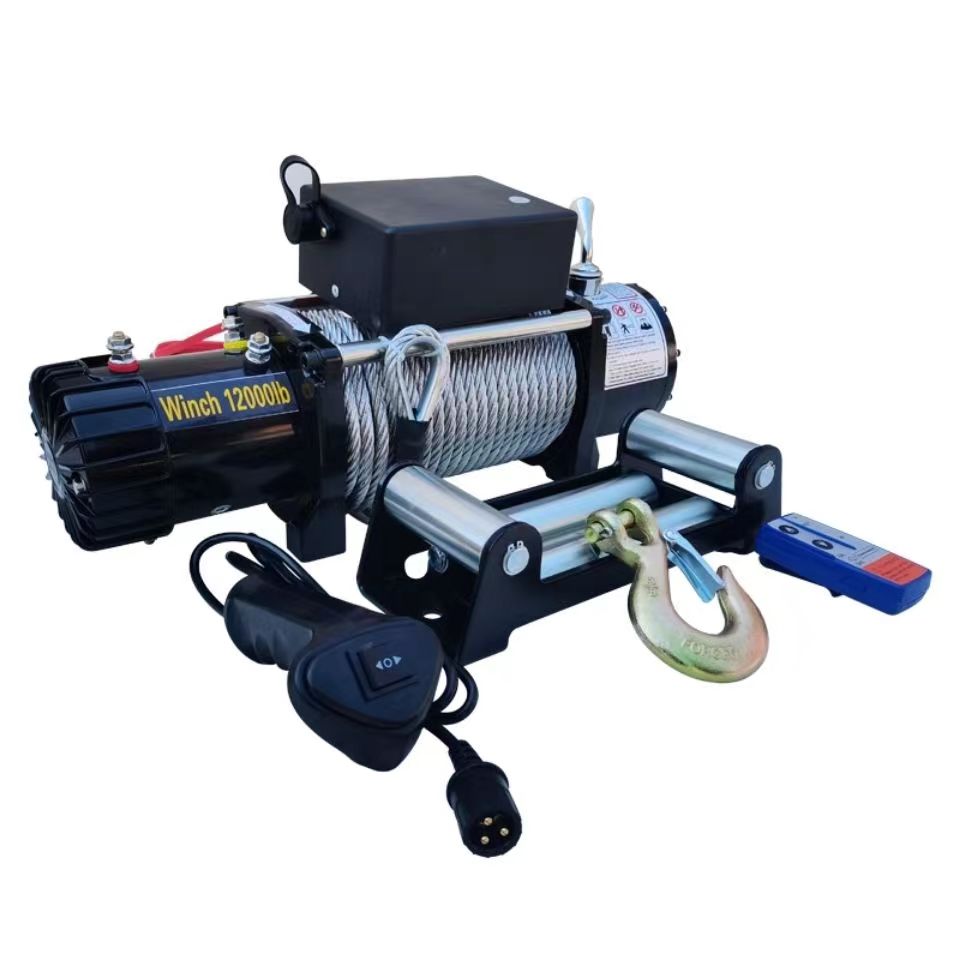
 1948407689
1948407689
